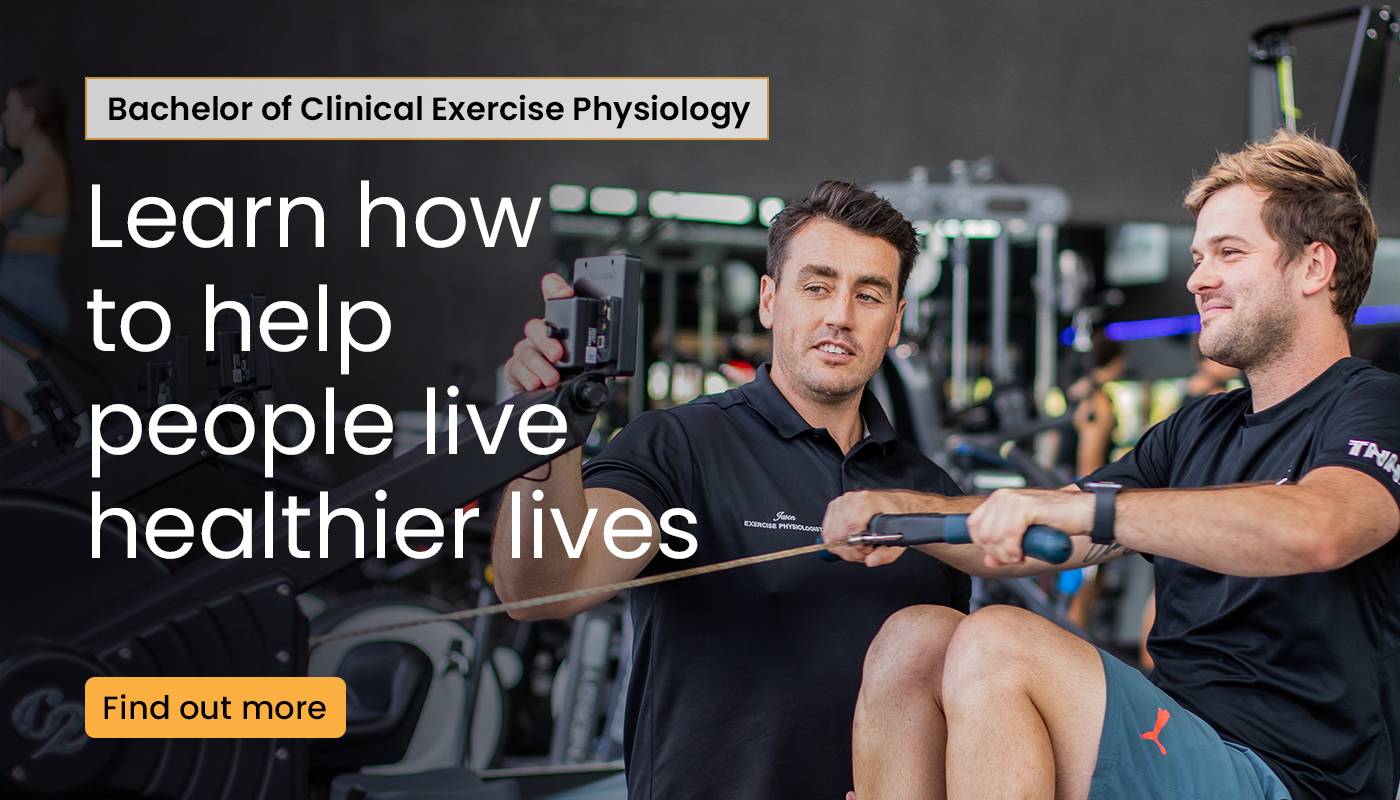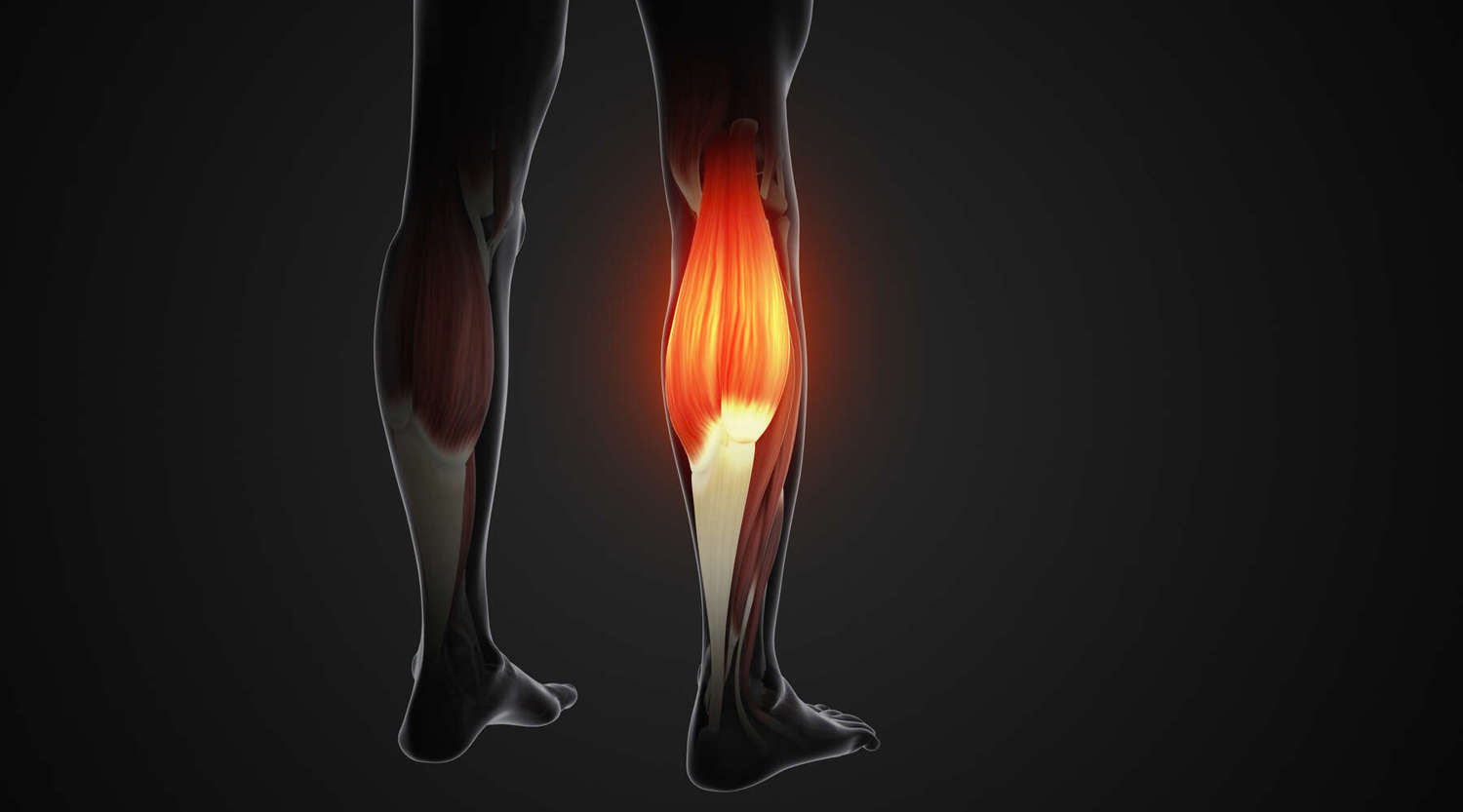Imagine watching a sprinter or cyclist in action, their calf muscles bulging with each powerful stride or pedal cycle. These athletes rely heavily on the muscles in their lower limbs, and the pronounced shape of their calf muscles is more than just a sign of fitness.
It’s a testament to a remarkable aspect of muscle architecture known as pennation (`penna’ is Latin for `feather’), which plays a crucial role in maximising force production.
The power of pennation: A natural design marvel
Muscles aren't just blobs of tissue; they have intricate designs that optimise how they generate force. One of the most fascinating designs is the pennate muscle architecture. In pennate muscles, the muscle fibers are arranged at an angle to the tendon, much like the bristles on a feather.
This arrangement might seem inefficient at first glance because not all the muscle fibers are aligned with the direction the muscle wants to pull. However, this design is a brilliant evolutionary solution for maximising strength.
First trade-off: Force vs. speed
The key advantage of pennate muscles is that they can pack more fibers into a given muscle volume, however, at the cost of being shorter. By arranging more fibers at an angle, pennate muscles can increase their cross-sectional area, which is directly related to their ability to produce force.
This increased cross-sectional area, known as the physiological cross-sectional area (PCSA), is one of the best predictors of a muscle’s strength. Essentially, the more muscle fibers you have working side by side, the greater the force the muscle can generate.
There’s a well-known trade-off, though. While pennate muscles excel in force production, they aren’t as efficient for speed. This is because the angled fibers shorten less during muscle contraction, which limits the muscle’s overall shortening speed.
Second trade-off: Length vs. thickness
In a novel study (DOI: 10.1098/rsos.240037), conducted by scientists from Germany and Australia, a second design criterion has now been identified: the ratio between the length and thickness of muscles. Being longer than thick allows the packing of more fibers to work in parallel, given the volume is left constant.
With the help of mathematical-geometrical models, the researchers showed that, at a given length-to-thickness ratio, there exists an optimal pennation angle to enable maximum force production. They termed this phenomenon the pennation mechanical advantage (PMA).
The gastrocnemius: Not a perfect example
Let’s return to the runner or cyclist with the pronounced calf (particularly the gastrocnemius muscle). As this muscle is relatively short in length, it is not ideal for pennate design although its fibers are arranged at a slight angle. Indeed, the study found that the extensors of the lower limb that cross only one joint—ankle (soleus), knee (vastus lateralis and medialis), and hip (gluteus maximus and medius)—show pennation angles closest to the theoretical optimum and thus the highest PMA; they are built to generate as high forces as possible within their volume allocated to them by anatomy.
These muscles boost their contractile force for up to six times the force as if they were non-pennate. The gastrocnemius then again is essentially a two-joint muscle equipped with a long tendon, which are features to facilitate motor control and speedy movements, respectively.
The future of muscle research
The concept of pennation isn’t just fascinating for biologists—but it’s also inspiring new approaches in biomechanics and robotics. One may ponder on better training regimes for athletes, improved rehabilitation techniques for injuries, and even more efficient designs for robots and prosthetics that mimic human movement (given they deploy artificial muscle actuation).
As we continue to learn more about muscle architecture, it’s clear that nature has optimised our muscles in ways that are both sophisticated and incredibly efficient. So, the next time you admire a cyclist’s powerful calves or a sprinter’s explosive start, remember that much of their strength comes down to the clever, pennate design of some of their muscles—a natural engineering feat that’s been perfected over millions of years.
Media enquiries: Please contact the Media Team media@usc.edu.au




